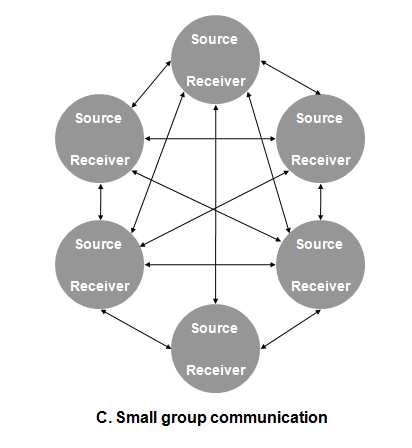Communication in groups differs from individual communication in a number of ways. Group communication involves multiple people interacting with each other and sharing information and ideas, while individual communication involves only one person communicating with another.
One of the main differences between group and individual communication is the level of complexity. Group communication involves multiple perspectives and viewpoints, which can make it more challenging to understand and process information. In addition, group communication often involves more people and more diverse backgrounds, which can lead to more diverse perspectives and more potential for misunderstandings or conflicts.
Another key difference between group and individual communication is the level of influence and power dynamics. In group communication, power dynamics can play a significant role in who is heard and who is not, and can impact the decisions that are made. For example, certain individuals may have more influence or sway within the group due to their expertise or status, which can impact the group's decision-making process.
Group communication also differs from individual communication in terms of the level of formality and structure. Group communication is often more formal and structured, with established roles and rules of engagement. This can help to ensure that all members of the group are able to contribute and participate in the discussion, but it can also make it more difficult for members to express themselves freely and spontaneously.
Overall, group communication is a complex and dynamic process that involves multiple people interacting and sharing information. It differs from individual communication in terms of complexity, power dynamics, and formality, and requires careful consideration and management in order to be effective.

:max_bytes(150000):strip_icc()/verbal-communication-skills-list-2059698_FINAL-edit-b9471e77c8d744b9b6de44366e9b928b.jpg)






